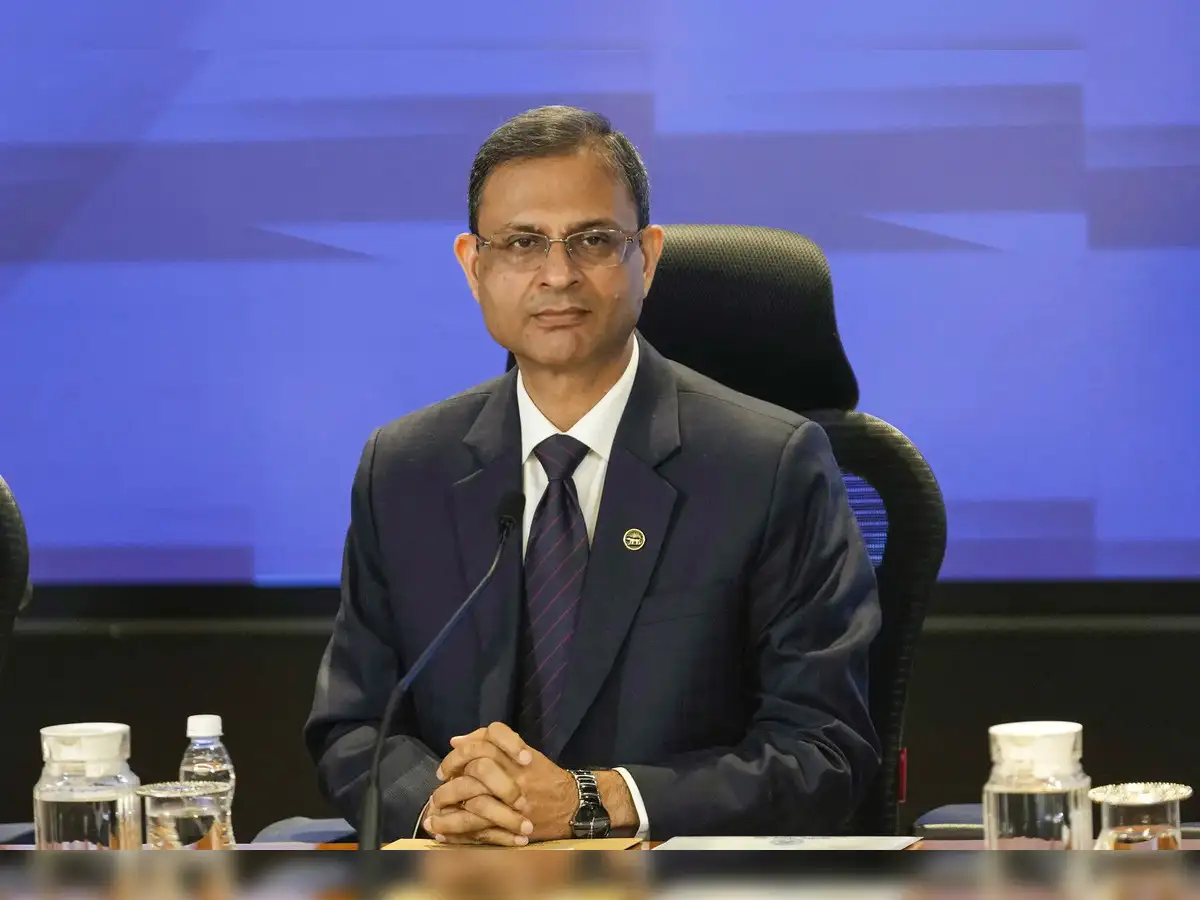Microsoft is facing mounting criticism over the direction of Windows 11, with users and developers expressing frustration over recent updates and the company’s AI-driven ambitions. Windows chief Pavan Davuluri has publicly acknowledged the backlash, admitting that Microsoft has “a lot of work to do” to address user concerns. The company’s vision of an autonomous, AI-powered operating system, dubbed the “agentic OS,” has come under scrutiny as it clashes with the expectations of long-time Windows users who value stability, performance, and consistency.
The Backlash Begins
The controversy erupted on November 10, when Davuluri shared a post on X (formerly Twitter) outlining Microsoft’s vision for the future of Windows. In his post, he described Windows as moving toward an “agentic” model—a system capable of autonomously managing tasks across devices, cloud services, and AI applications.
While Microsoft likely intended the post to generate excitement ahead of Microsoft Ignite, it instead triggered a wave of criticism. Within days, the post had amassed over a million views, hundreds of critical comments, and widespread discussion online. The backlash was so intense that Davuluri eventually locked replies to the post, acknowledging the negative reception.
The core complaint among users was that Microsoft seemed to be prioritizing flashy AI features over essential operating system improvements. For many, the promise of AI-driven automation was appealing in theory, but in practice, Windows 11 felt inconsistent, unstable, and unfriendly to power users.
Why Users Are Angry
Long-time Windows users and developers have cited multiple reasons for their dissatisfaction with Windows 11. Some of the most common complaints include:
- Inconsistent User Interface (UI): Certain elements of the UI change frequently, creating confusion for users who prefer a predictable workflow.
- Performance Drops After Updates: Updates meant to improve the system sometimes result in slower performance, causing frustration for both casual and professional users.
- Annoying Taskbar Behavior: Modifications to taskbar functionality, including icon sizing and alignment, have been widely criticized.
- Unfinished Features: Features like “small taskbar icons” remain incomplete or buggy, leading users to question Microsoft’s development priorities.
- Growing Instability: Each AI-driven update seems to introduce new bugs or compatibility issues, further eroding confidence in the platform.
Some veteran users have reportedly abandoned Windows entirely after decades of loyalty, switching to alternatives such as macOS or Linux. This exodus reflects a broader sentiment that Windows has shifted its focus away from reliability and developer needs, favoring AI experiments over the core strengths that once defined the platform.
Prominent tech commentator Gergely Orosz echoed these concerns, stating that Windows no longer feels like a developer-friendly platform, which may push builders to explore other ecosystems.
Microsoft’s Response
In the face of criticism, Pavan Davuluri acknowledged the company’s missteps and promised that Microsoft is listening. “We balance what we see in our product feedback systems with what we hear directly… both are important,” Davuluri said, emphasizing that stability, performance, and UI consistency need immediate attention.
He further explained that Microsoft understands the pain points users experience and regrets falling short of expectations. However, Davuluri stressed that promises alone are insufficient: progress must be reflected in tangible updates and improvements, not just assurances.
What Is the “Agentic OS”?
The concept of an agentic OS has contributed to the controversy, as many users find it confusing or premature. Microsoft’s vision involves integrating autonomous AI agents directly into Windows, allowing the system to carry out complex tasks without requiring manual input. These tasks could include:
- Planning trips
- Automating workflows
- Booking services
- Handling routine work tasks across applications
Currently, AI agents typically operate within individual apps or browsers. Microsoft wants these capabilities deeply integrated into the operating system, making Windows more proactive and intelligent.
While the idea is innovative, current AI agents remain slow, error-prone, and unpredictable. Many users question whether it is realistic—or even wise—for Microsoft to rebuild the OS around AI before ensuring the platform meets the basic expectations of reliability and user control.
The Struggle Between Innovation and Stability
The Windows 11 backlash highlights a broader tension between innovation and stability. Microsoft has clearly committed to pushing the boundaries of what an operating system can do through AI. However, this forward-looking vision has inadvertently neglected the core principles that made Windows successful for decades:
- Consistency for power users: Experienced users rely on predictable behavior and minimal interruptions.
- Performance reliability: Updates should enhance speed and efficiency, not degrade performance.
- Developer friendliness: Developers need a stable, dependable environment to build and deploy software.
By prioritizing AI integration over these essentials, Microsoft risks alienating the very user base that has sustained Windows’ dominance in personal computing.
A Rare Admission From Microsoft
One of the most striking aspects of this controversy is Microsoft’s public acknowledgment of its missteps. For years, the company has faced criticism without issuing direct apologies or concessions. Davuluri’s admission that “Microsoft has a lot to fix” is a rare moment of candor, signaling a willingness to recalibrate the Windows roadmap in response to user feedback.
This acknowledgment could mark a turning point for Windows 11. By listening to users and prioritizing stability, Microsoft has an opportunity to restore trust and demonstrate that it values the input of its loyal user base.
What Users Want
The backlash makes it clear that Windows users are not opposed to innovation—they simply want it to be built on a solid foundation. Key expectations include:
- Stable and consistent updates
- Fully functional and predictable UI elements
- Reliable performance after every update
- Features that are complete and usable from day one
- A system that respects the workflow of developers and power users
Users appear willing to embrace AI integration—but only after Microsoft delivers the fundamentals. Without addressing these issues, no amount of AI innovation will satisfy the community.
The Road Ahead
Microsoft faces a critical challenge. To salvage Windows 11’s reputation, the company must:
- Prioritize stability and performance improvements in upcoming updates
- Fix unfinished or buggy features that frustrate users
- Reassess the pace and scope of AI-driven changes
- Maintain clear communication about what updates are being rolled out and why
Success will depend on whether Microsoft can strike a balance between its ambitious AI vision and the practical needs of users who rely on Windows daily. If it succeeds, Windows 11 could evolve into a powerful AI-driven platform that doesn’t compromise stability or usability. If it fails, it risks further alienating long-time users and developers, creating openings for competitors such as macOS and Linux.











